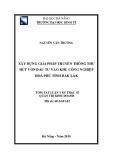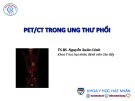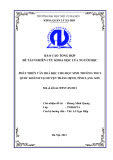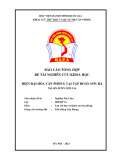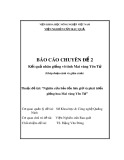
antibodies against the recombinant capsid subunit proteins of CVA16 demonstrated that P1 can
be processed by CVA16-encoded proteases to yield the subunit proteins VP0, VP1 and VP3, all
of which subsequently co-assemble to form viral capsids [20]. However, further dissection and
characterization of the role of individual viral proteins and genetic elements has been hindered
by the difficulty of directly manipulating the RNA genome of CVA16.
For many RNA viruses, cDNA clones of the entire viral genome can serve as a template for the
generation of infectious RNA. These infectious cDNA clones provide a platform for the
manipulation of viral genomes and they provide a valuable tool for studying the molecular
biology of virus replication, virus structure, virulence determinants, and vaccine development.
Infectious cDNA clones have been successfully developed for a number of enteroviruses,
including poliovirus [21], coxsackievirus B6 [22], coxsackievirus B2 [23], echovirus 5 [24], and
enterovirus 71 [25-27], but not for CVA16. In this paper, we report the first construction of an
infectious cDNA clone of CVA16. This infectious clone contains the full-length cDNA of
CVA16 flanked by a T7 promoter and a poly(A) tail at the 5′ and 3′ ends, respectively.
Transfection of RD cells with RNA transcribed directly from the cDNA clone resulted in the
successful recovery of infectious virus. The recovered CVA16 was found to be functionally and
genetically identical to its parent strain, and it could be used to facilitate future virological
investigation as well as vaccine development for CVA16.
Results
Construction of a full-length infectious clone of CVA16
The genome of the CVA16 strain shzh05-1 (GenBank: EU262658) is an RNA molecule
containing 7410 nucleotides. Viral RNA was extracted and subjected to reverse transcription
using oligo(dT) primers. Two overlapping cDNA fragments were amplified from the first strand
cDNA, encompassing nucleotides 1–4392 and 4381–7410 of the CVA16 genome, designated as
CV(1–4392) and CV(4381–7410), respectively (Figure 1A). These two overlapping fragments
were then joined via an XbaI site at position 4387–4392, and ligated into pcDNA3.1, resulting in
the production of pcDNA3.1-CV(1–7410). CV(6087–7410-pA), which contains nucleotides
6087–7410 and a poly(A) tail, was also amplified (Figure 1A) and used to replace the
corresponding segment within pcDNA3.1-CV(1–7410), thereby yielding pcDNA3.1-CV(1–
7410-pA). Sequencing analysis of the pcDNA3.1-CV(1–7410-pA) revealed three nucleotide
mutations at positions 2733 (C to T), 2760 (T to C), and 3161 (G to A) within the cDNA when
compared with the previously reported sequence (GenBank #EU262658). All three mutations
resulted in amino acid changes. The entire cDNA cloning process was repeated, starting from
RNA isolation from the same batch of virus. Three clones from two independent cloning events
were fully sequenced and the identical mutations were found in all three clones. Thus, these three
mutations were not introduced during the cloning process. Instead, they were likely to have been
acquired during multiple passage of the virus in cell culture since the original report [28].
Figure 1 Construction of a full-length infectious clone of CVA16. (A) PCR amplification of
CVA16 specific fragments. Lane M, DL5000 DNA marker (TaKaRa Biotechnology, Dalian,
China); lane 1, CV(1–4392); lane 2, CV(4381–7410); and lane 3, CV(6087–7410-pA). (B) PCR
amplification of the CVA16 full-length cDNA plus T7 promoter and 3′ poly(A) sequence. Lane






